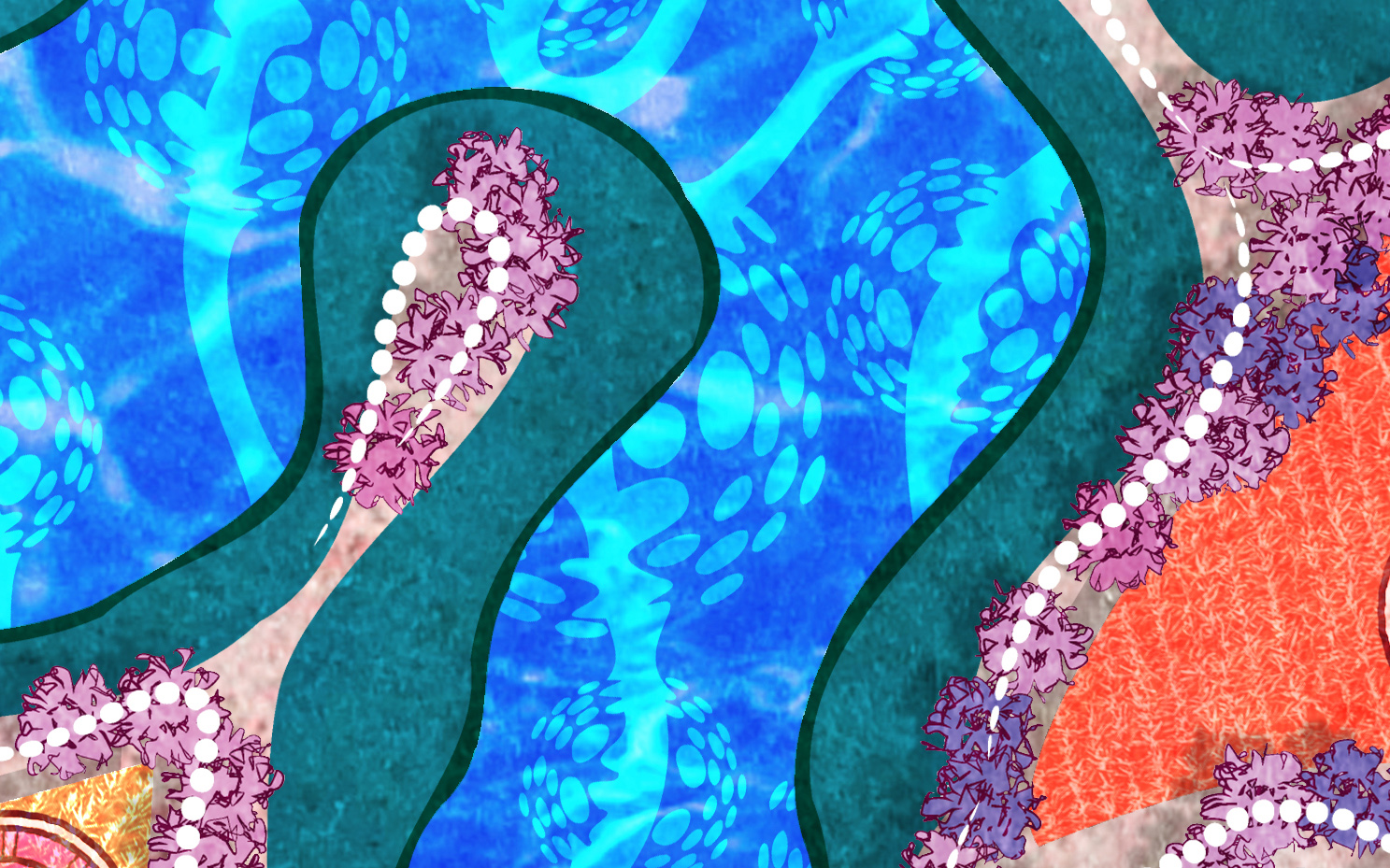Increasing access to cultural water
"We all know that water is life, we call water life, part of us. We’re part of the water".
- Peter Smith, Dunghutti man, Councillor for Mid-North Coast Aboriginal Land Council (NSW Aboriginal Land Council, 2022d)
The NSW Government has committed to increasing Aboriginal ownership of and access to water for cultural and economic purposes.
Aboriginal people can access water for cultural purposes through an Aboriginal Cultural Specific Purpose Access Licence. At the end of 2022, uptake of this licence was very low, with only 7 licences ever issued, and 2 remaining in place.
The Aboriginal Water Program is looking to understand the barriers and challenges experienced by people looking to access water for cultural purposes.
Examples of cultural watering purposes:
- Accessing in-stream, overland flow or groundwater to do any of the following:
- drinking
- food preparation
- washing
- manufacture of traditional artefacts
- watering of personal gardens
- cultural teaching
- hunting
- fishing
- bush tucker and bush medicine gathering
- recreational purposes
- cultural purposes
- ceremonial purposes.
- Keeping cultural flows in local rivers or creeks to meet community’s cultural needs
- Watering culturally significant wetlands, billabongs or waterholes
- Protecting a water-dependent culturally significant site
- Maintaining adequate cultural water to meet the fishing, hunting, bush tucker and traditional medicine needs of you’re the community
- Maintaining adequate water quality and quantity to meet the social needs of the community, including drinking, washing, swimming, parks and gardens.
- Ensuring there is enough cultural water protected in groundwater sources to allow naturally occurring springs, seepages and wells to meet cultural needs
- Maintaining connectivity in rivers, creeks and pools during droughts and low flow times to meet cultural needs.
Cultural Watering Plans project
The Cultural Watering Plans project is working collaboratively with Aboriginal people and community groups to develop cultural watering plans.
A Cultural Watering Plan outlines:
- the community’s cultural water objectives
- ways in which the water could be accessed
- any obstacles to achieving the desired outcomes.
The project is:
- identifying barriers in existing water management frameworks that need to be reviewed to enable greater access to water
- creating an environment of two-way knowledge sharing between the department and Aboriginal stakeholders
- promoting an awareness of water access avenues.
Pilot program
In early 2023, the Cultural Watering Plan project ran an expression of interest process for a pilot program. A large number of applications were received, of which 6 were selected.
The Aboriginal Water Program team is working with the 6 diverse Aboriginal community groups across NSW to develop Cultural Watering Plans for their communities.
The plans will address the significance of cultural water, explore options for water access and ownership, and establish monitoring mechanisms.
The findings will be used to guide reviews of existing water policy and planning frameworks, and bridge gaps in our stakeholder communications.
The Cultural Watering Plan will remain the property of the person or group who applied and can be used to support a water licence application. Applying for a water licence is a separate process, to find out more visit Cultural water access for Aboriginal people.
Contact us
For more information about Cultural Watering Plans or the expressions of interest process:
- Phone: 1300 081 047
- Email: water.enquiries@dpie.nsw.gov.au
More information
Find more information here:
Artist acknowledgement: Nathan Peckham
As a proud Tubba-gah man from Dubbo in the Wiradjuri Nation, I respectfully acknowledge all nations which the NSW DPE operates on. I acknowledge this artwork will be viewed off my home country of the Tubba-gah people and therefore ask you accept this artwork as an offering on behalf of my family as a gesture of continuing the legacy of the knowledge of our ancestors.
I would also like to pay respect to all traditional custodians of the country whose ancestral lands we all walk upon. I thank the Elders for their wisdom, courage, and sacrifice and pledge my commitment to preserving their legacy for future generations.
- Nathan Peckham
